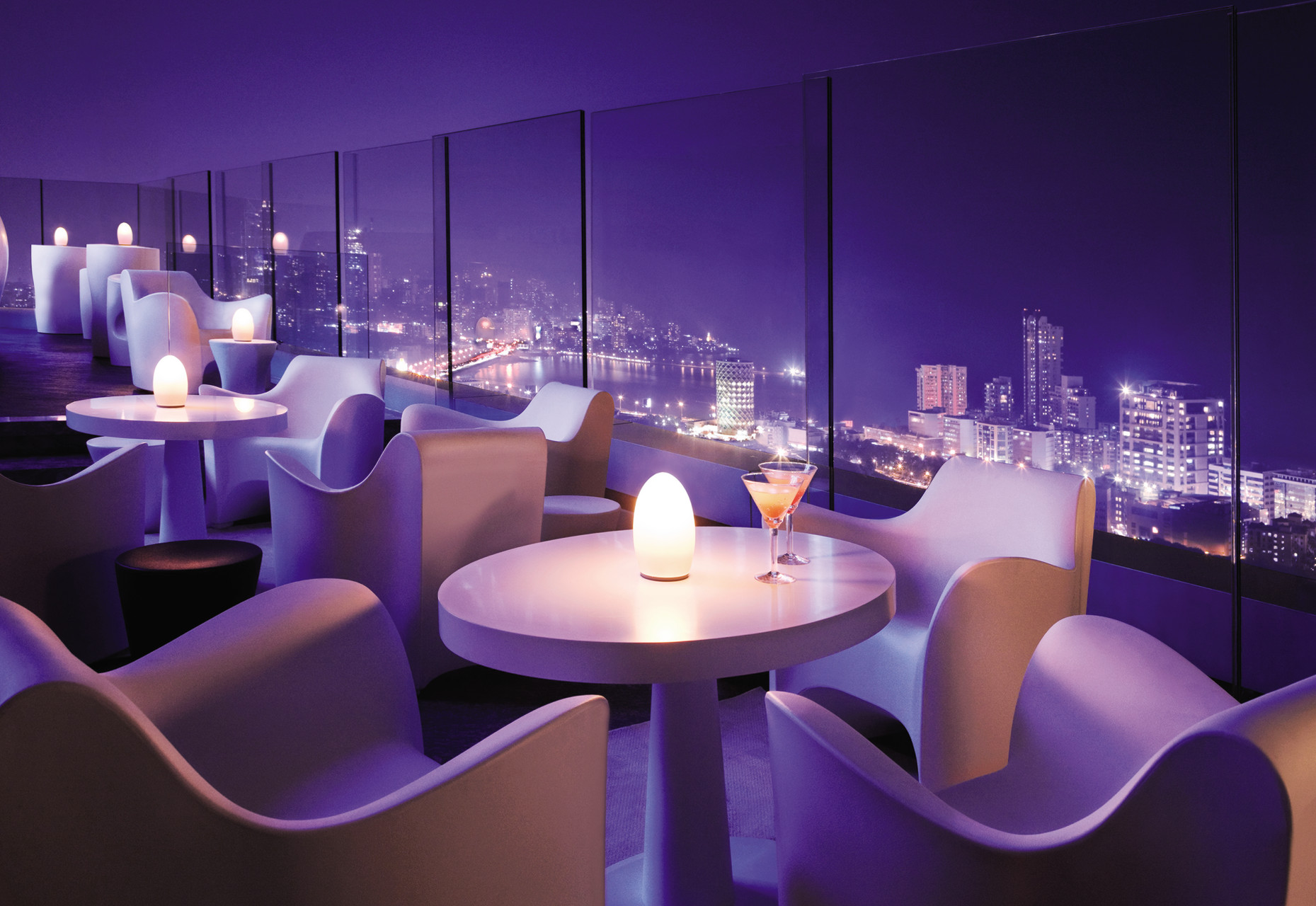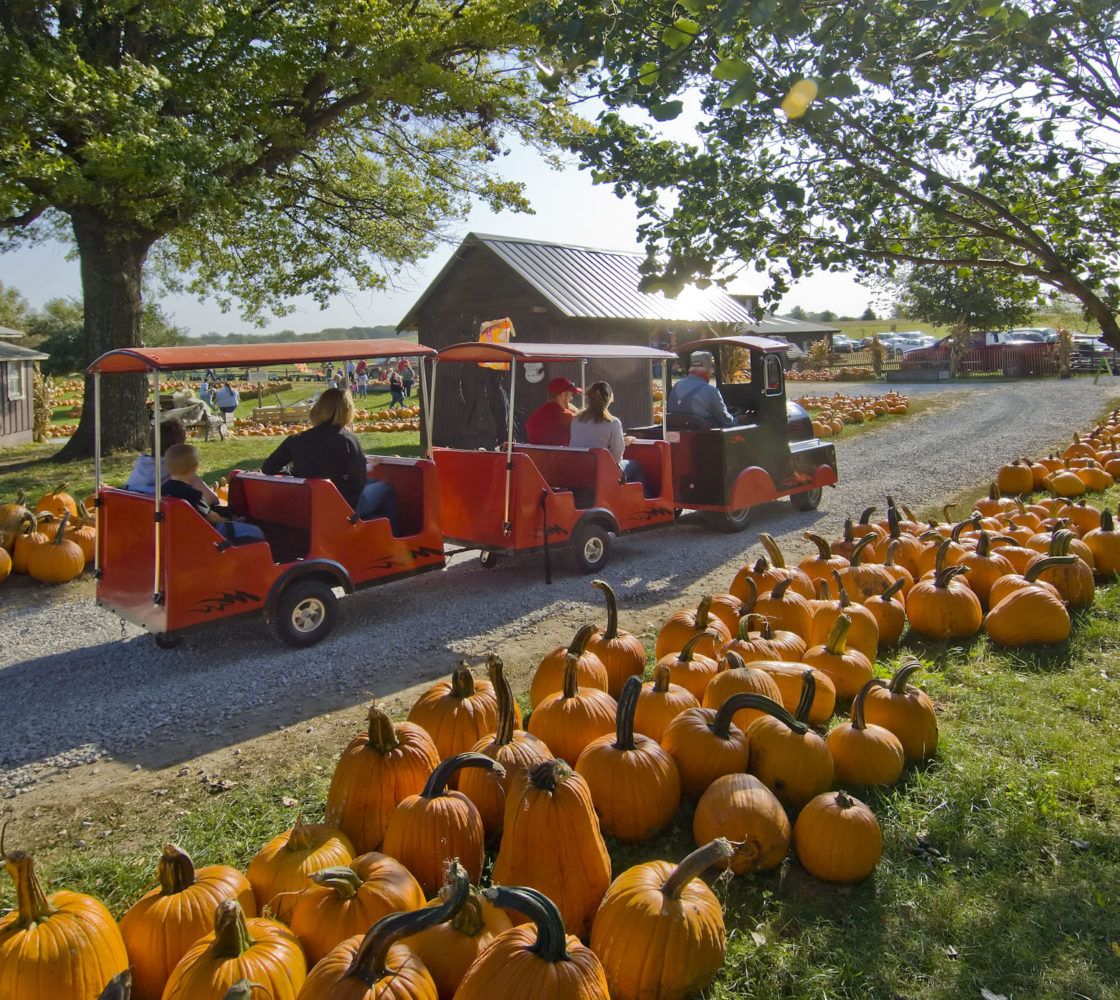Occurring 40 days before Easter, Carnival in Rio de Janeiro is Brazil’s biggest festival. The celebration takes place in the streets, bars, and everything in between, but consumes the city of Rio de Janeiro for five consecutive days before paying the final tribute to samba in the Parade of Champions.
Carnival in Rio de Janeiro consists of two parts, the Sambadromo, and the streets. The Sambadromo is the official stage of the parade which showcases the top samba schools across Brazil. They compete for the top spot in the country throughout the week with elaborate floats, custom music, and dance routines.
The Blocos de Carnaval, also known as the Carnival Block, is an informal celebration that takes place in the streets of Rio de Janeiro. Street bands perform while large crowds gather to dance and feel the rhythm of the samba. Blocks take place throughout the city, usually starting around 8 a.m. each day and for the duration of the entire five-day carnival.
Your first carnival experience can be both fun and intimidating, but you’re guaranteed to have fun if you follow these tips to make the most of the festivities:
- Dress for the occasion
Carnival is an all-out party and you don’t want to be seen without looking fabulous. This doesn’t have to mean cocktail attire: Brazilians are all about carnival costumes and pizza. It is not unusual to see people in swimsuits covered in glitter, sequins, feathers, masks, and flowers.
Of course, the level of involvement is up to you, but you want to be comfortable. You will get hot and sweaty, so be mindful of what to wear. Be sure to wear comfortable shoes (we recommend closed-toe shoes, like sneakers).
It’s very easy to find costume accessories once you’re in Rio de Janeiro. Many stores will have displays with beads, masks, hats, and more to help you celebrate. This is helpful when you want to spice up something you already have but also gives you a chance to find a new outfit if you want.
- Don’t worry if you don’t know how to samba
Samba is the soul of Brazil and what better way to experience it than with a carnival. You’ll mingle with hundreds, if not thousands of locals who will be thrilled to teach you a few tricks.
It can be intimidating to see all the locals doing a move around you, they all look like seriously professional dancers, but are just focused on having a good time. No one will judge you, instead, they will be thrilled that you are willing to learn.
- Look after your stuff
Like any festival around the world that takes place in a crowded environment, petty thefts are something to be aware of. A few precautionary measures will ensure that you have a great time and don’t find yourself back at your hotel with less than what you have left. As a rule, take as few things as possible when you go out to celebrate Carnival. All you need is money, a copy of your passport, an emergency contact number, and your hotel address (I recommend grabbing a business card from the front desk).
You can also bring your own phone or a small camera but keep in mind that in a crowd your phone can be easily grabbed from your hand or pocket.
Keep everything you bring with you close to your body – money belts work great for this. Do not keep the goods in open pockets or purses.
- Stay healthy
Think of Carnival in Rio de Janeiro as a marathon lasting five days. The days start early and last into the hottest part of the day and believe me, it is getting hot in Brazil around Carnival time.
The last thing you want is to get tired, sick, or dehydrated. Follow these tips to make yourself feel good and enjoy the party.
Drink plenty of water while you are enjoying the carnival. It is very easy to get caught up in drinking a caipirinha and forget about the water. With the heat, you should drink at least two liters of water every day and if you are also drinking alcohol. Not drinking enough water can not only lead to massive hangovers but can also lead to dehydration.
Take it easy on Caipirinhas. The national drink of Brazil is an alcoholic concoction of cachaça with sugar and lime. Sugary drinks go down easily but hit hard, so drink slowly and alternate with water.
Remember to eat at regular meal times and try not to eat too much greasy junk food. You will stand on your feet, dance, and move around. You’re burning calories and exercising a lot, so you’ll need fuel. Make time for a meal break and be sure to enjoy fresh fruits, juices, and acai.
Don’t forget about the sun. Bring your sunglasses with you, wear a hat, and apply sunscreen. The sun will not only aid in dehydration but will also give you intense burns. It is summer in Brazil and the sun is hot.
- Go with other travellers
Part of the fun is being able to enjoy a carnival with a group of like-minded people. There is always safety in numbers, but it comes down to the pure joy of sharing your experiences and connecting with people on their journey.
Going with other travelers who speak the same language as you can enhance the overall experience. You will have someone to dance, sing, walk and watch your back. Most importantly, someone to remind you after your visit.
Similar Article
- 10 Dramatic Coastal Views and where to find them
- 10 UNESCO World Heritage Sites You can explore
- Inca Trail: Most Asked Questions About the Hiking
Frequently Asked Questions About Rio De Janeiro
Rio de Janeiro airport (Link)
Rio de Janeiro map (Link)
Flights to Rio de Janeiro (Link)
Q. What is Rio de Janeiro famous for?
A – Rio de Janeiro is one of the most visited cities in the Southern Hemisphere and is known for its natural settings, Carnival, Samba, Bossa Nova, and Balneario beaches such as Barra da Tijuca, Copacabana, Ipanema, and Leblon.
Q. Is Rio rich or poor?
A – Actually, Rio is a city with two faces – one rich, one poor. Poverty is particularly striking in the mountainous outskirts of the city. Today, a major event is taking place in one of these less affluent neighborhoods, namely the Football Junior Championships.
Q. Why is Rio de Janeiro bad?
A – Rio de Janeiro gets a bad rep for being a dangerous, violent city. The violence that Rio is so strongly associated with usually takes place in favela areas, so protect yourself by not going inside. The only two favelas that are safe are Vidigal and Rosinha, although the latter is best with a guide and not alone.
Q. Where is the statue of Jesus located?
A – Christ the Redeemer, Portuguese Cristo Redentor, a giant statue of Jesus Christ on the summit of Mount Corcovado, Rio de Janeiro, southeastern Brazil.
Q. Which language do the Rio people speak?
A – Portuguese is the official and national language of Brazil and is widely spoken by most of the population.
Q. Is Brazil safe?
A – In general, Brazil is relatively safe for visitors and tourists. Scenarios in which tourists are involved usually involve nonviolent pick-pocketing or mugging, but in most cases, tourists usually do not face these issues.
Q. What is the coldest month in Rio de Janeiro?
A – February is the hottest month in Rio de Janeiro with an average temperature of 27 °C (81 °F) and the coldest July is 21 °C (70 °F) and August has the highest daily sunshine hours at 7. The wettest month is December with an average rainfall of 169 mm.
Q. Is it cold in Rio?
A – The best part about Rio is that it remains very temperate throughout the year. During the summer months, it can be a bit hot at times but the humidity is usually not high. During winters, it rarely gets cold which makes Rio a great vacation spot throughout the year.
Q. Is there snow in Rio?
A – Snowfall has occurred in the states of Rio de Janeiro and Sao Paulo. Notably, the high altitude inland areas are those where snowfall has occurred and not the coastal areas of those states. Italia is located very close to the city of Rio de Janeiro, which is known for its beaches and tropical climate.









